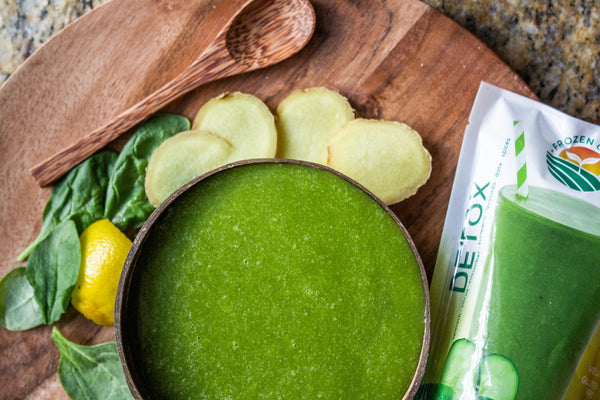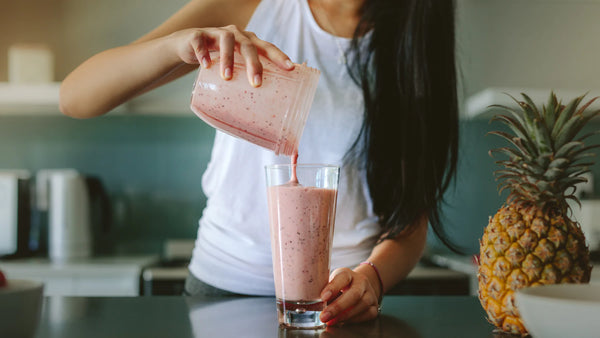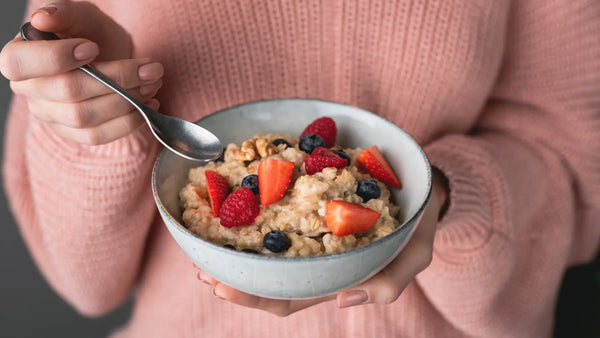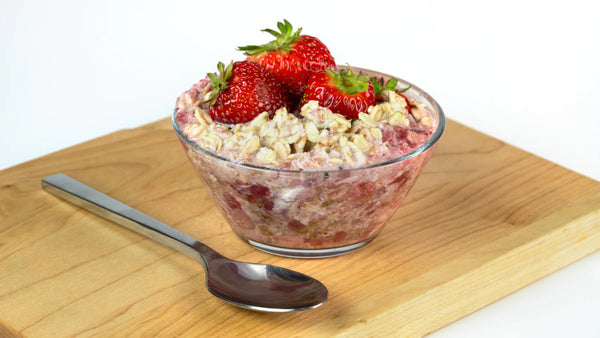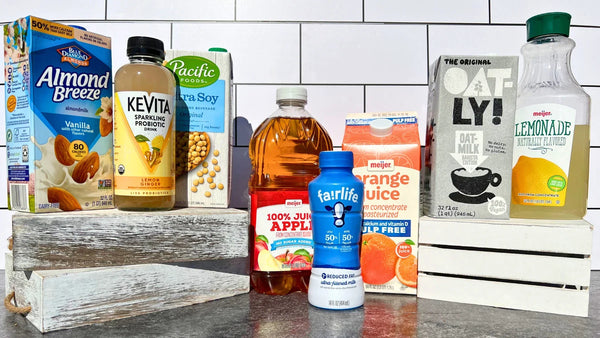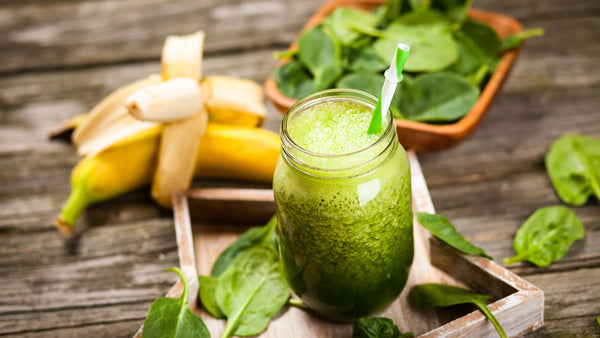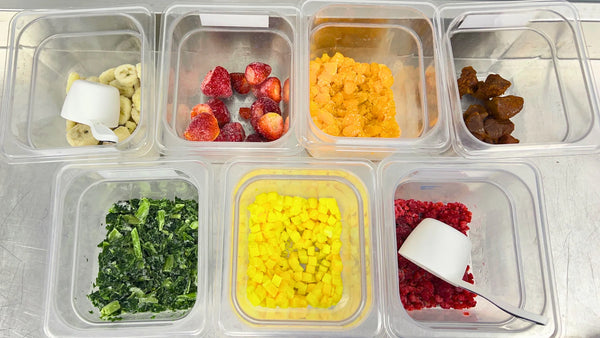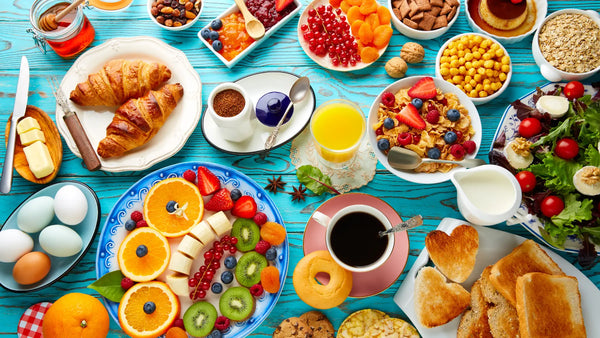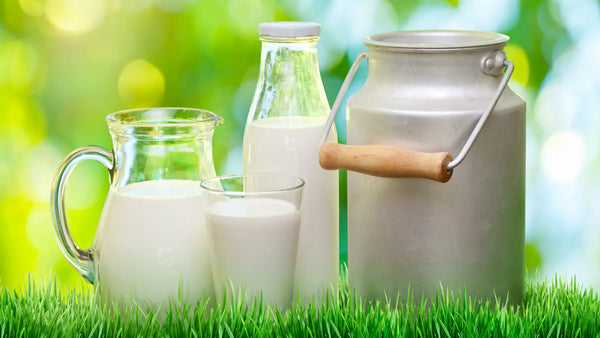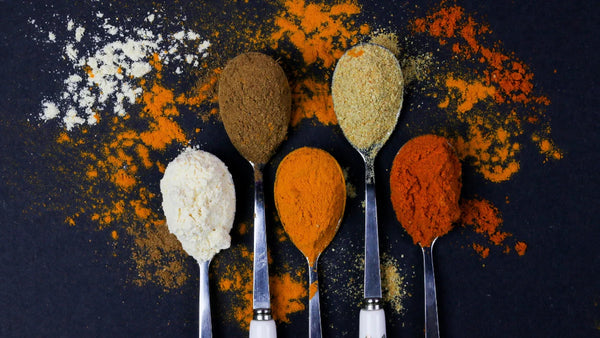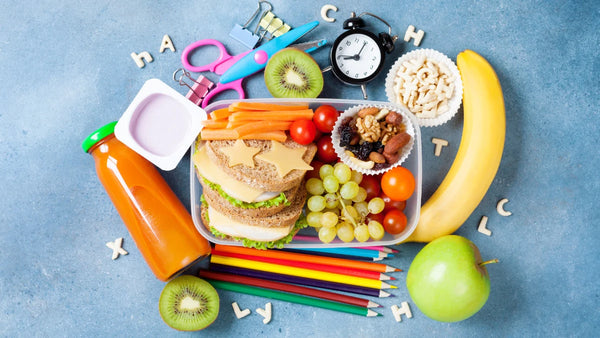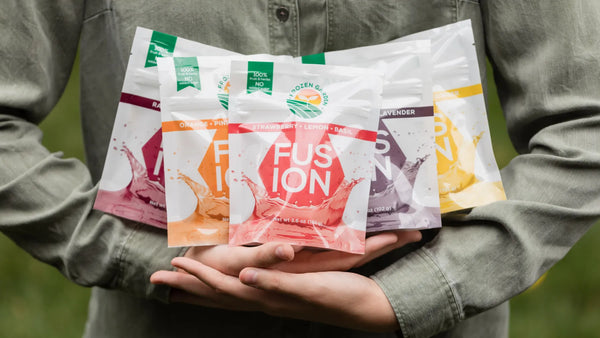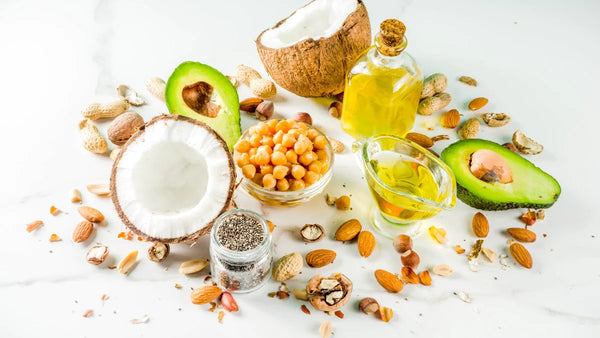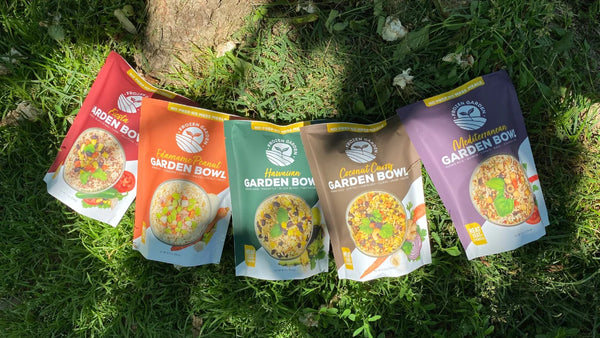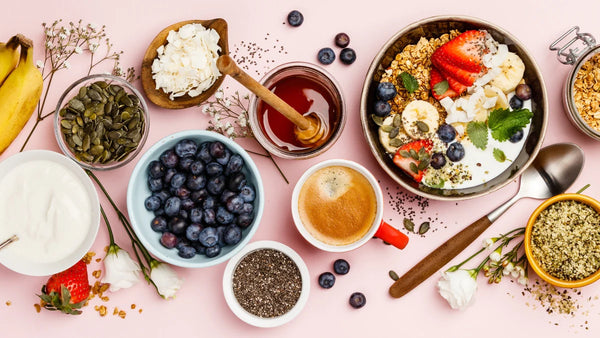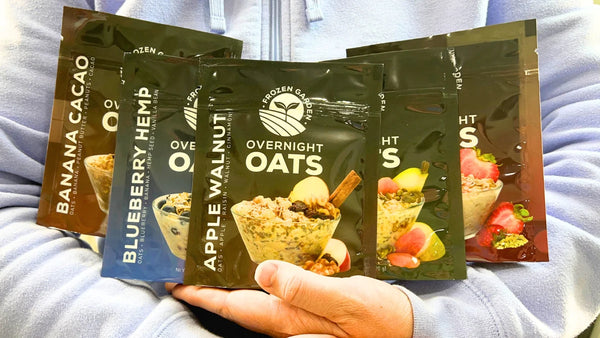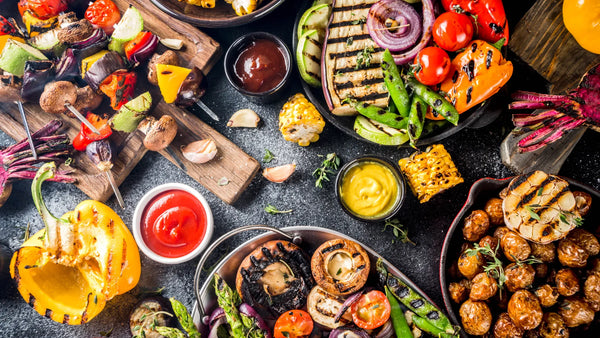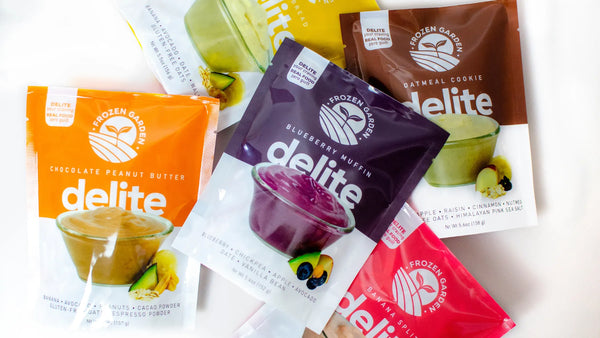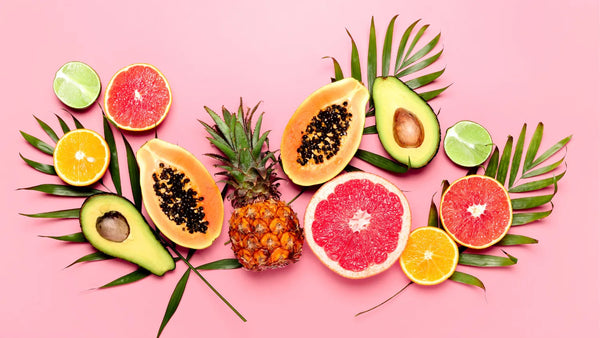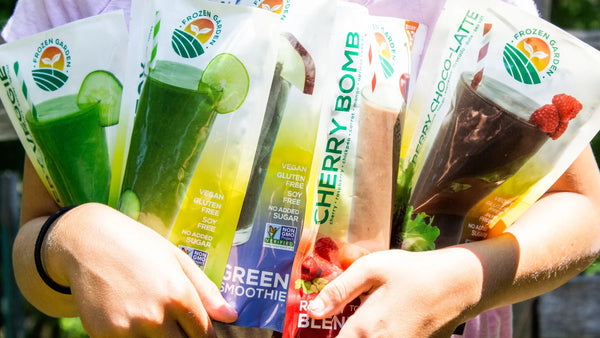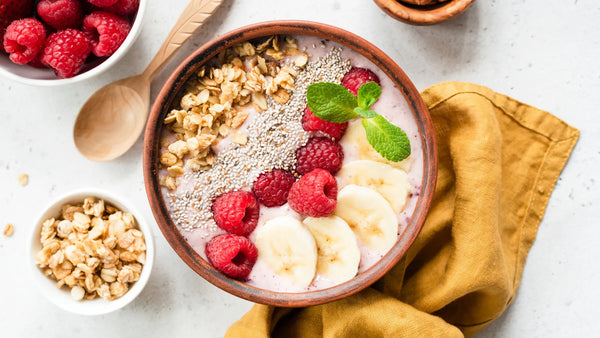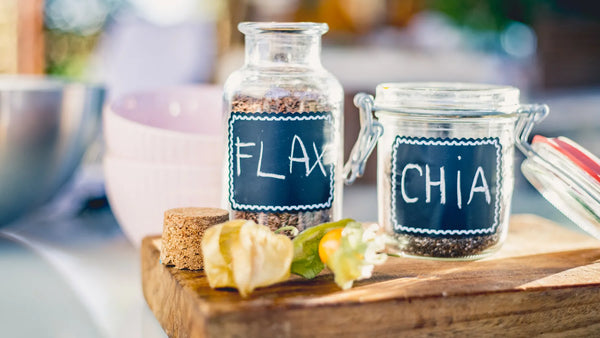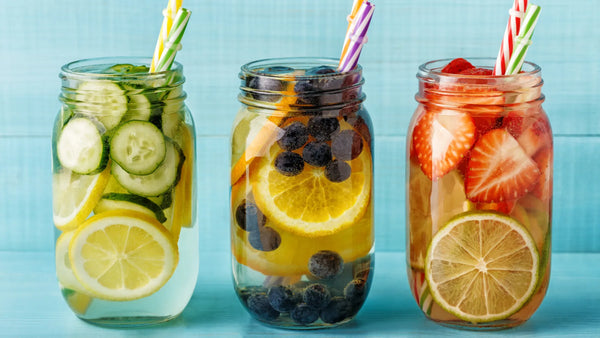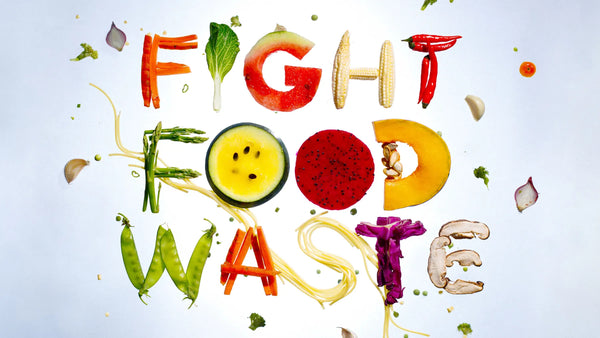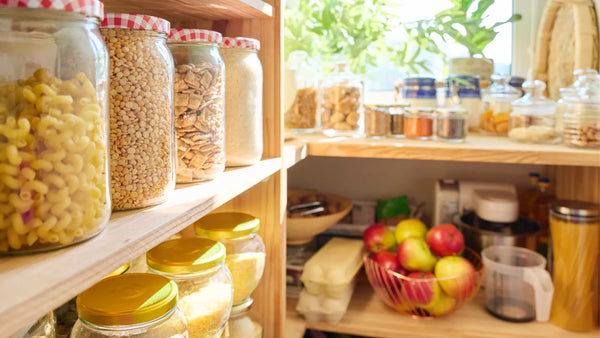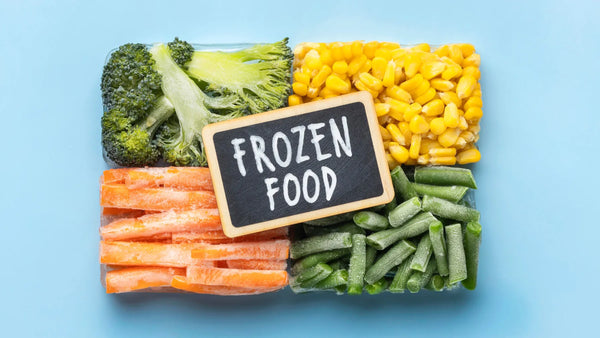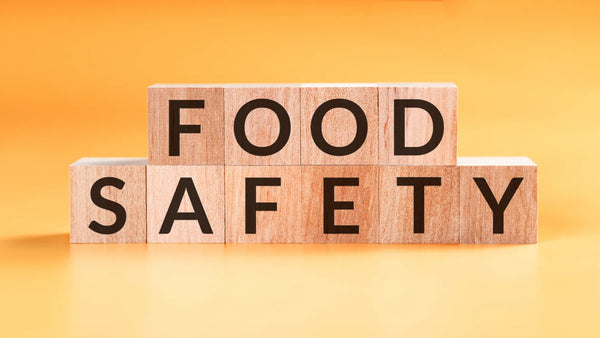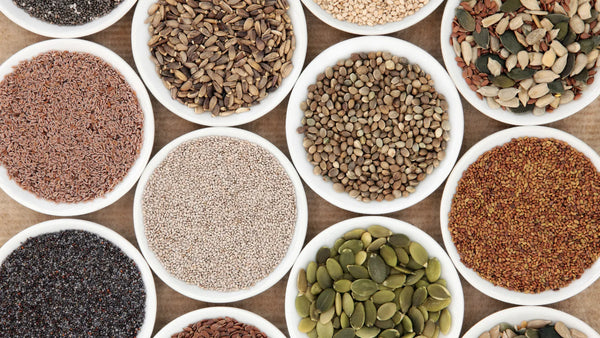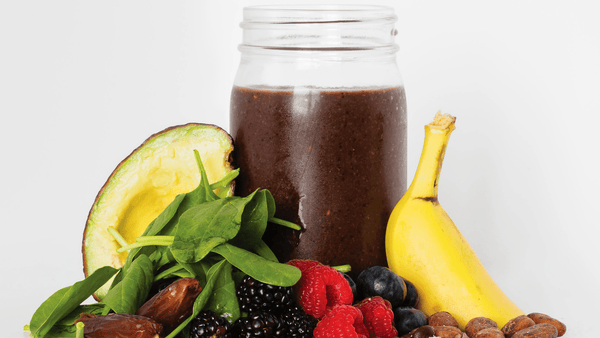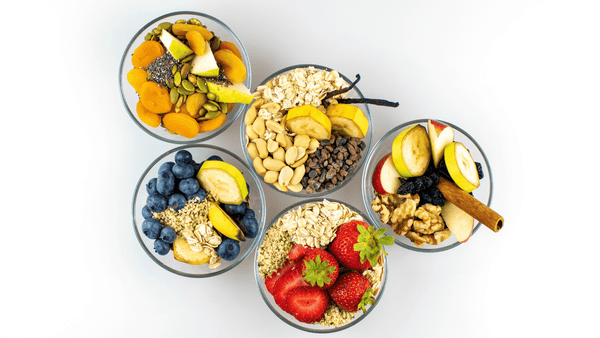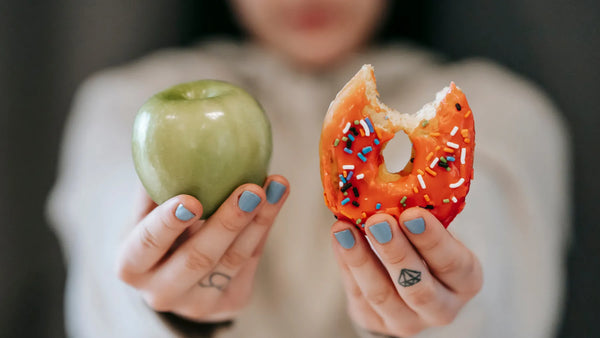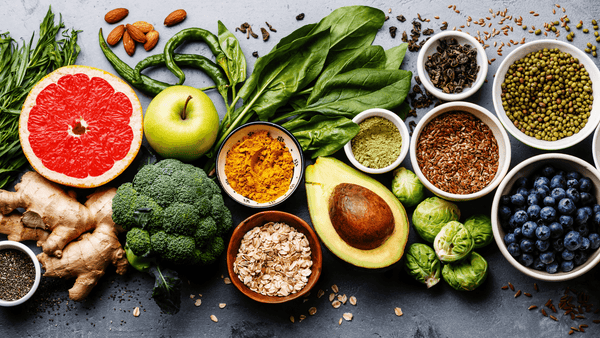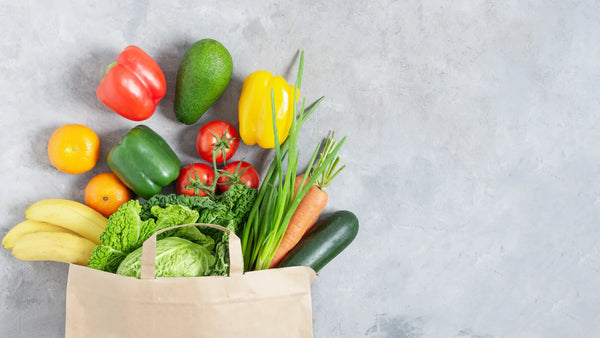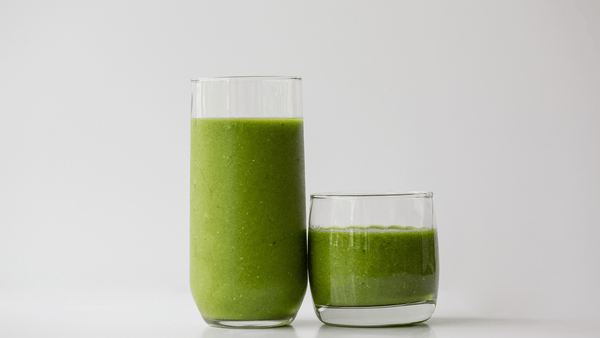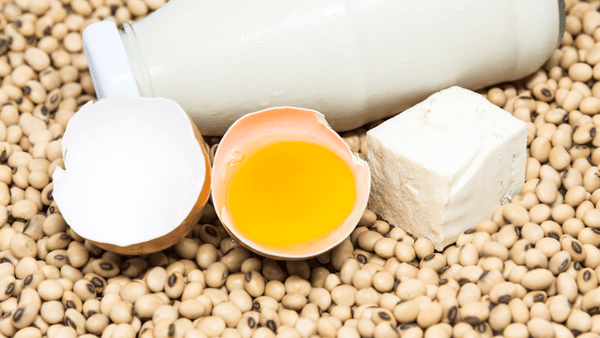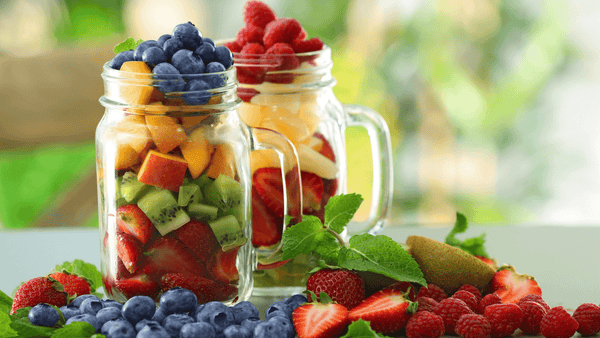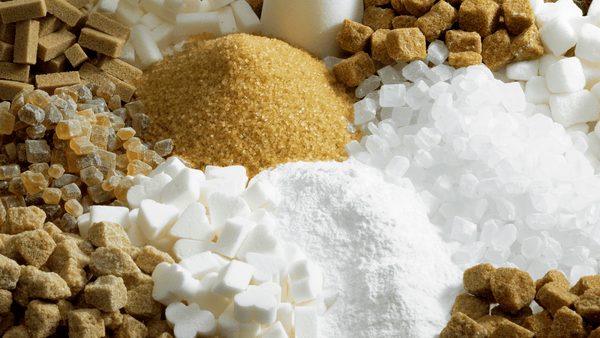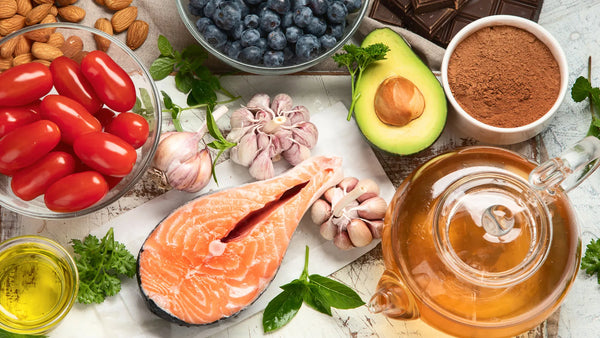Whole grains are an excellent source of nutrition, as they contain essential enzymes, iron, dietary fiber, vitamin E, and B-complex vitamins. Because the body absorbs grains slowly, they provide sustained and high-quality energy.
Whole grains contain the entire grain kernel, the bran, germ, and endosperm. Examples of whole grains include whole-wheat flour, bulgur (cracked wheat), oatmeal, quinoa, and brown rice. Refined grains have been milled, a process that removes the bran and germ. This is done to give grains a finer texture and improve their shelf life, but it also removes dietary fiber, iron, and many B vitamins. Some examples of refined grain products are white flour, white bread, and white rice.
During your Getting REAL journey, you'll want to begin switching out refined grains for whole grains. Below are some examples of whole grains. Try to challenge yourself to experiment with some whole grains that are new to you. If you have a gluten sensitivity, you’ll want to avoid any gluten-containing grains.

What About Bread?
Have you checked the list of ingredients on your store-bought sandwich bread? Even if buying whole-wheat bread, there is a good chance it is filled with upwards of 30 or more ingredients that may contain high-fructose corn syrup, chemical dough conditioners, added sugars, artificial flavorings or coloring and GMOs.
If looking to purchase store-bought bread, target sprouted grain or Ezekiel breads and as always be sure to read the ingredients for any that aren’t real food.
Did you know that it only takes four ingredients to make bread – flour, yeast, water and salt? Not only is it just a few ingredients, it’s also very easy to make your own bread! Make it your goal to at least experiment with making your own bread during your Getting REAL journey.
Simple Whole Wheat Bread

Ingredients
6 cups unbromated whole-wheat flour
1 ½ tablespoons quick acting yeast
2 ½ cups warm water (not hot)
1/3 cup raw honey
1/3 cup coconut oil
3 teaspoons salt
Instructions
- Mix 2 cups whole wheat flour with the yeast.
- Mix in the warm water with a whisk until well-blended.
- Cover with a dish towel and set it aside for about 15 minutes so it begins to “sponge.”
- While this is sitting, put the raw honey and coconut oil in a small saucepan and heat on low just until it melts and easily pours. Stir in the melted coconut oil and raw honey with the yeast mixture. Then add in the remaining four cups of whole wheat flour along with the salt. Mix as well as you can with a spoon and then mix with your hands until its well blended. Take it out of the bowl and knead on a counter top for about 10 minutes. You’ll need to add more flour a little bit at a time to keep it from sticking.
- Split the dough into two equal loaves and place in two greased loaf pans. Then you are going to want to set them in a warm place in the kitchen for about 60 minutes to proof.
- Preheat the oven to 350°. When the bread has proofed for 60 minutes, bake in preheated oven for 30 minutes.
- Remove from the oven and immediately take out of bread pans and place on rack to cool.
Don't forget to check out these Frozen Garden products containing whole grains (gluten-free rolled oats): Rollin' Oats, Banana Bread Delite, Chocolate Peanut Butter Delite and Oatmeal Cookie Delite.



